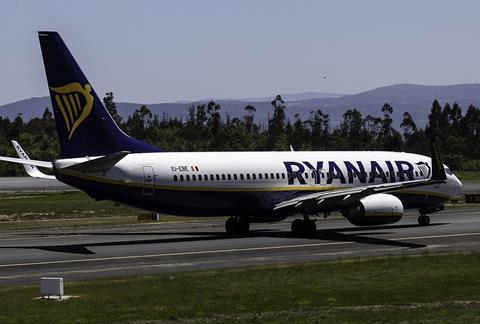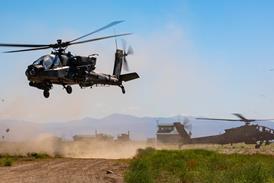Pilots of a Ryanair Boeing 737-800 departing Venice intervened to urge an inbound aircraft to execute a go-around because, owing to an air traffic controller’s headset blunder, the 737 was still waiting on the runway in fog.
The 737 crew, lined up on runway 04R on 18 October last year, had been given take-off clearance by the tower controller.
But the controller, newly arriving after a shift change, had plugged his headset into the wrong socket and the clearance was not transmitted to the aircraft.
Fog meant horizontal visibility was down to less than 500m, with a cloud base of just 100ft, and the airport was operating under low-visibility procedures.
Upon realising that an Iberia Airbus A321 was on approach to 04R, and hearing no radio calls to either aircraft, the 737 crew urgently tried informing the tower of their presence on the runway.
According to testimony to Italian investigation authority ANSV, the A321 had descended to about 500ft when the 737 crew used the emergency radio frequency of 121.5MHz to tell the A321 to abort the approach.
“No reply [was] received and I began to add thrust to vacate the runway at [taxiway] B,” the 737’s captain told the inquiry. “At which point we heard [the tower controller] instruct [the A321] to go around at approximately 400ft, and heard it read back.”
ANSV says the A321 had been inbound at about 11nm distance when the 737 lined up for departure.

Around the same time a shift change occurred in the tower. But as the arriving tower controller took his place, he inadvertently inserted the connector for his headset into a socket for the telephone line.
“Not aware of the resulting inability to transmit communications [to aircraft], the controller cleared the [737] to take off from runway 04R,” says the inquiry, adding that the controller did not notice the absent readback from the crew.
ANSV says the controller observed, after about 2min, that the 737 was not moving while the A321 had closed to 5nm, and became aware of a possible communication issue, without understanding the reason.
Several communication attempts followed but only after the 737 crew had tried warning the A321 directly did the tower controller – probably with a handset – instruct the A321 pilots, twice, to conduct a go-around. The A321 crew responded and the aircraft started climbing about 0.8nm from the runway.
ANSV says the shift change took place at a “non-optimal time”, given that the 737 was occupying the runway with another flight on approach. None of those on board either aircraft (EI-EBE and EC-JRE) was injured.
Italian air navigation service ENAV subsequently developed safety proposals to eliminate the issues identified, relating to shift handover procedures and the need to “physically diversify” the controllers’ headset connector socket from others.


























